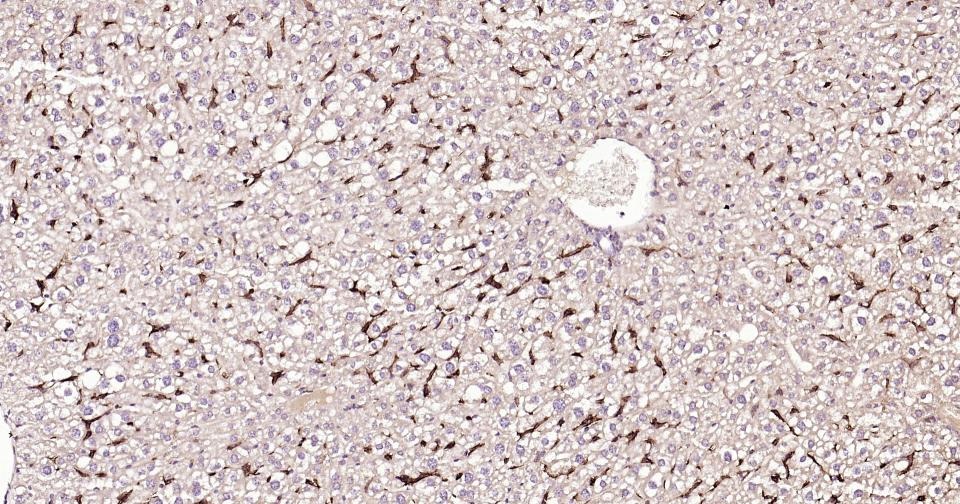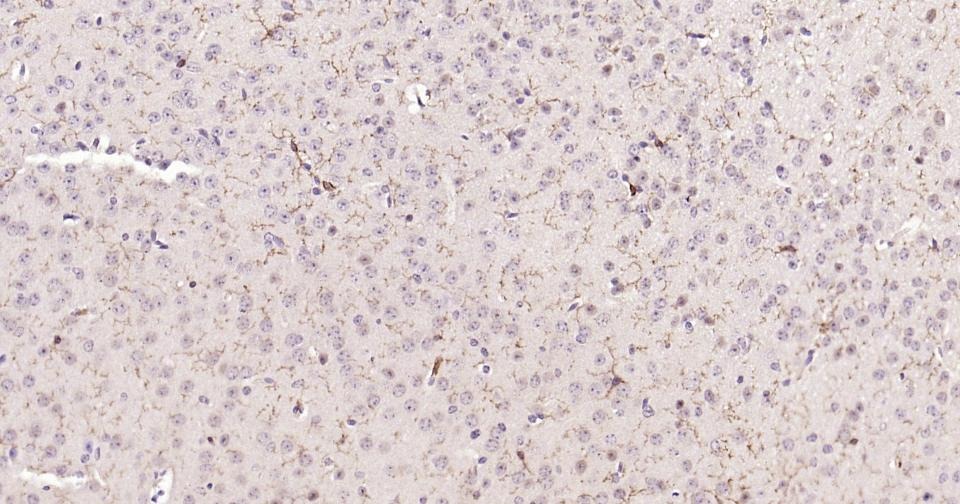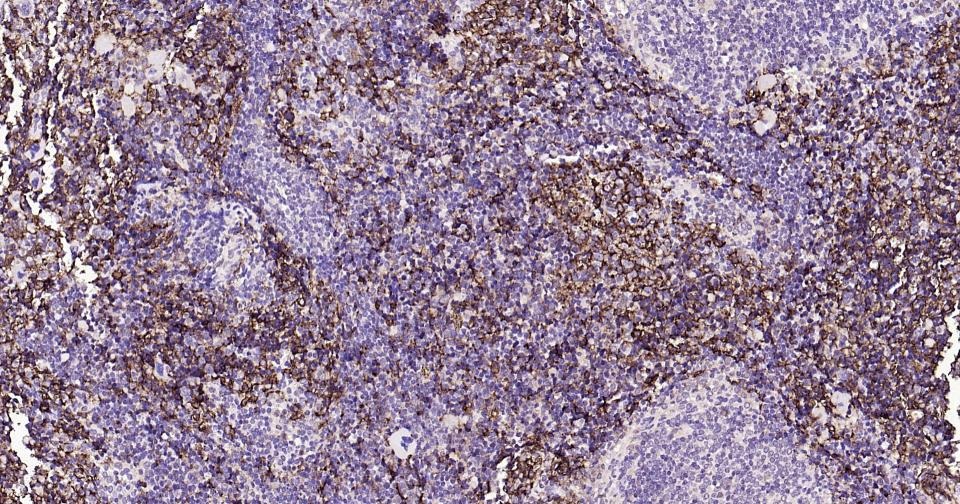Shopping Cart
- Remove All
 Your shopping cart is currently empty
Your shopping cart is currently empty
Anti-ADGRE1 Polyclonal Antibody 2 is a Rabbit antibody targeting ADGRE1. Anti-ADGRE1 Polyclonal Antibody 2 can be used in IF,IHC-Fr,IHC-P.
| Pack Size | Price | Availability | Quantity |
|---|---|---|---|
| 50 μL | $221 | 7-10 days | |
| 100 μL | $374 | 7-10 days | |
| 200 μL | $529 | 7-10 days |
| Description | Anti-ADGRE1 Polyclonal Antibody 2 is a Rabbit antibody targeting ADGRE1. Anti-ADGRE1 Polyclonal Antibody 2 can be used in IF,IHC-Fr,IHC-P. |
| Synonyms | TM7LN3, Lymphocyte antigen 71, Ly71, Gpf480, F4/80, EMR1 hormone receptor, EMR1, EMR 1, EGFTM7, EGF-like module-containing mucin-like hormone receptor-like 1, EGF-like module receptor 1, EGF TM7, EGF like module receptor 1, Egf like module containing mucin like hormone receptor like sequence 1, Egf like module containing mucin like hormone receptor like 1, DD7A5 7, Cell surface glycoprotein F4/80, Cell surface glycoprotein EMR1, AGRE1, Adhesion G protein-coupled receptor E1 |
| Ig Type | IgG |
| Reactivity | Mouse |
| Verified Activity | 1. Paraformaldehyde-fixed, paraffin embedded Mouse Liver; Antigen retrieval by boiling in sodium citrate buffer (pH6.0) for 15 min; Antibody incubation with ADGRE1 Polyclonal Antibody, Unconjugated (TMAB-00061) at 1:400 overnight at 4°C, followed by conjugation to the SP Kit (Rabbit) and DAB staining. 2. Paraformaldehyde-fixed, paraffin embedded Mouse Cerebrum; Antigen retrieval by boiling in sodium citrate buffer (pH6.0) for 15 min; Antibody incubation with ADGRE1 Polyclonal Antibody, Unconjugated (TMAB-00061) at 1:400 overnight at 4°C, followed by conjugation to the SP Kit (Rabbit) and DAB staining. 3. Paraformaldehyde-fixed, paraffin embedded Mouse Spleen; Antigen retrieval by boiling in sodium citrate buffer (pH6.0) for 15 min; Antibody incubation with ADGRE1 Polyclonal Antibody, Unconjugated (TMAB-00061) at 1:400 overnight at 4°C, followed by conjugation to the SP Kit (Rabbit) and DAB staining. 4. Paraformaldehyde-fixed, paraffin embedded Mouse Small Intestine; Antigen retrieval by boiling in sodium citrate buffer (pH6.0) for 15 min; Antibody incubation with ADGRE1 Polyclonal Antibody, Unconjugated (TMAB-00061) at 1:400 overnight at 4°C, followed by conjugation to the SP Kit (Rabbit) and DAB staining.     |
| Application | |
| Recommended Dose | IHC-P: 1:100-500; IHC-Fr: 1:100-500; IF: 1:100-500 |
| Antibody Type | Polyclonal |
| Host Species | Rabbit |
| Subcellular Localization | Cell membrane. |
| Tissue Specificity | Wide expression; increased levels in peripheral blood mononuclear cells. |
| Construction | Polyclonal Antibody |
| Purification | Protein A purified |
| Appearance | Liquid |
| Formulation | 0.01M TBS (pH7.4) with 1% BSA, 0.02% Proclin300 and 50% Glycerol. |
| Concentration | 1 mg/mL |
| Research Background | The epidermal growth factor (EGF)-TM7 family constitutes a group of class B G-protein coupled receptors, which includes CD97, EMR1 (EGF-like molecule containing mucin-like hormone receptor 1, designated F4/80 in mouse), EMR2, EMR3, FIRE, and ETL (1–3). These family members are characterized by an extended extracellular region with several N-terminal EGF domains, and are predominantly expressed on cells of the immune system (1–3). The EGF-TM7 protein family are encoded by a gene cluster on human chromosome 19p13 (1,3,4). The F4/80 molecule is solely expressed on the surface of macrophages and serves as a marker for mature macrophage tissues, including Kupffer cells in liver, splenic red pulp macrophages, brain microglia, gut lamina propria, and Langerhans cells in the skin (1). F4/80/EMR1 undergoes extensive N-linked glycosylation as well as some O-linked glycosylation (5,6). The function of F4/80/EMR1 is unclear, but it is speculated to be involved in macrophage adhesion events, cell migration, or as a G-protein coupled signaling component of macrophages. |
| Immunogen | KLH conjugated synthetic peptide: human ADGRE1 |
| Antigen Species | Human |
| Gene Name | ADGRE1 |
| Gene ID | |
| Protein Name | Adhesion G protein-coupled receptor E1 |
| Uniprot ID | |
| Biology Area | Macrophage / Inflamm.,Other Cell Types |
| Function | Could be involved in cell-cell interactions. |
| Molecular Weight | Theoretical: 95 kDa. |
| Stability & Storage | Store at -20°C or -80°C for 12 months. Avoid repeated freeze-thaw cycles. |
| Transport | Shipping with blue ice. |

Copyright © 2015-2025 TargetMol Chemicals Inc. All Rights Reserved.